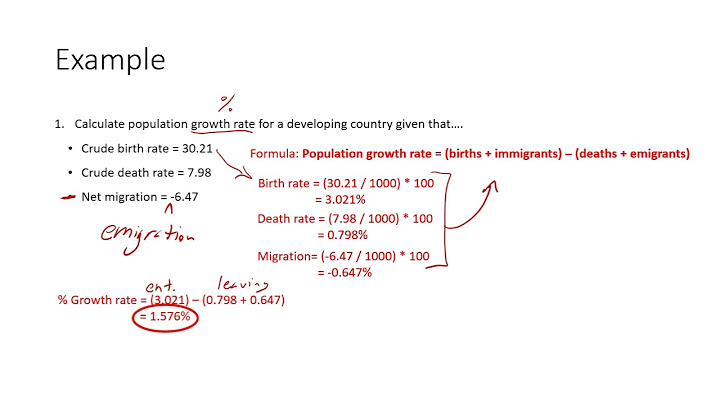 Southeast Asia is composed of eleven countries of impressive diversity in religion, culture and history: Brunei, Burma (Myanmar), Cambodia, Timor-Leste, Indonesia, Laos, Malaysia, the Philippines, Singapore, Thailand and Vietnam. It is also one of the most dynamic areas of the world economically, a factor which largely accounts for its growing international significance. Show
"Indochina" redirects here. For the French colonial regime, see French Indochina. Indochinese Peninsula Indochina
Mainland Southeast Asia, also known as the Indochinese Peninsula or Indochina, is the continental portion of Southeast Asia. It lies east of the Indian subcontinent and south of Mainland China and is bordered by the Indian Ocean to the west and the Pacific Ocean to the east. It includes the countries of Cambodia, Laos, Myanmar, Thailand and Vietnam, with peninsular Malaysia sometimes also being included. The term Indochina (originally Indo-China) was coined in the early nineteenth century, emphasizing the historical cultural influence of Indian and Chinese civilizations on the area. The term was later adopted as the name of the colony of French Indochina (today's Cambodia, Laos, and Vietnam). Today, the term, Mainland Southeast Asia, in contrast to Maritime Southeast Asia, is more commonly referenced. Terminology[edit] The origins of the name Indo-China are usually attributed jointly to the Danish-French geographer Conrad Malte-Brun, who referred to the area as indo-chinois in 1804, and the Scottish linguist John Leyden, who used the term Indo-Chinese to describe the area's inhabitants and their languages in 1808.[1] Scholarly opinions at the time regarding China's and India's historical influence over the area were conflicting, and the term was itself controversial—Malte-Brun himself later argued against its use in a later edition of his Universal Geography, reasoning that it over-emphasized Chinese influence, and suggested Chin-India instead.[2] Nevertheless, Indo-China had already gained traction and soon supplanted alternative terms such as Further India and the Peninsula beyond the Ganges. Later, however, as the French established the colony of French Indochina, use of the term became more restricted to the French colony,[3] and today the area is usually referred to as Mainland Southeast Asia.[4] Biogeography[edit]In biogeography, the Indochinese bioregion is a major region in the Indomalayan realm, and also a phytogeographical floristic region in the Oriental Paleotropical Kingdom. It includes the native flora and fauna of all the countries above. The adjacent Malesian Region covers the Maritime Southeast Asian countries, and straddles the Indomalayan and Australasian realms.[5] Geography[edit] The Indochinese Peninsula projects southward from the Asian continent proper. It contains several mountain ranges extending from the Tibetan Plateau in the north, interspersed with lowlands largely drained by three major river systems running in a north–south direction: the Irrawaddy (serving Myanmar), the Chao Phraya (in Thailand), and the Mekong (flowing through Northeastern Thailand, Laos, Cambodia and Vietnam). To the south it forms the Malay Peninsula, located on which are Southern Thailand and Peninsular Malaysia; the latter is variably considered part of Mainland Southeast Asia or separately as part of Maritime Southeast Asia. It is also unclear whether some southern parts of China could also be considered Mainland Southeast Asia, due to proximity to Southeast Asian geography and climate as well as containing many ethnic groups considered Southeast Asian such as Tai peoples who live there.[citation needed] Nonetheless, they are generally not considered a part of South East Asia. Culture[edit]Mainland Southeast Asia contrasts with Maritime Southeast Asia, mainly through the division of largely land-based lifestyles in Indochina and the sea-based lifestyles of the Indonesian archipelago and Philippine archipelago, as well as the dividing line between the Austroasiatic, Tai–Kadai, and Sino-Tibetan languages (spoken in Mainland Southeast Asia) and the Austronesian languages (spoken in Maritime Southeast Asia). The languages of the mainland form the Mainland Southeast Asia linguistic area: although belonging to several independent language families, they have converged over the course of history and share a number of typological similarities. The countries of mainland Southeast Asia received cultural influence from both India and China to varying degrees.[6] Some cultures, such as those of Cambodia, Laos, and Thailand are influenced mainly by India with a smaller influence from China. Others, such as Vietnam, are more heavily influenced by Chinese culture with only minor influences from India, largely via the Champa civilization that Vietnam conquered during its southward expansion. Myanmar, on the other hand balances the influence of the two cultures. Overall, Mainland Southeast Asia is predominantly Buddhist[7][8][9][10][11][12] with minority Muslim and Hindu populations.[13][14] See also[edit]
References[edit]
Further reading[edit]
External links[edit]
Which countries are part of mainland and part of insular region in Southeast Asia?The mainland region of Southeast Asia includes Vietnam, Cambodia, Thailand, Myanmar (formerly Burma), and the landlocked country of Laos. The insular region includes Malaysia, Singapore, Indonesia, Brunei, Philippines, and Timor-Leste (East Timor). Both regions are predominantly tropical.
Which country is located on both the mainland and insular portions of Southeast Asia quizlet?Indonesia is a state located: a) on two major islands. b) on more than 17,000 islands. c) on both the Asian mainland and the island of Borneo.
Which of the following countries is located in insular Southeast Asia?Insular Southeast Asia is composed of the following six countries: Malaysia, Singapore, Brunei, Indonesia, East Timor, and the Philippines.
What are the mainland countries in Southeast Asia?The mainland (Burma, Thailand, Laos, Cambodia, and Vietnam) is actually an extension of the Asian continent. Muslims can be found in all mainland countries, but the most significant populations are in southern Thailand and western Burma (Arakan).
|

zusammenhängende Posts
Werbung
NEUESTEN NACHRICHTEN
Werbung
Populer
Werbung

Urheberrechte © © 2024 ketiadaan Inc.


















